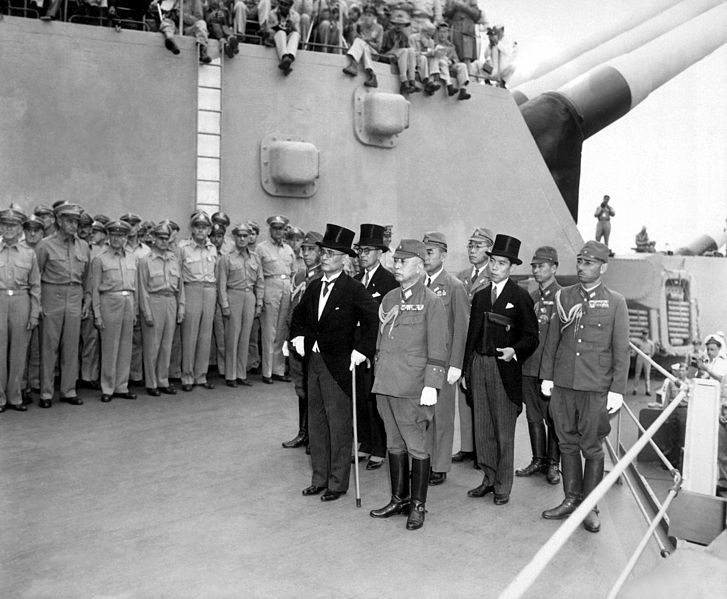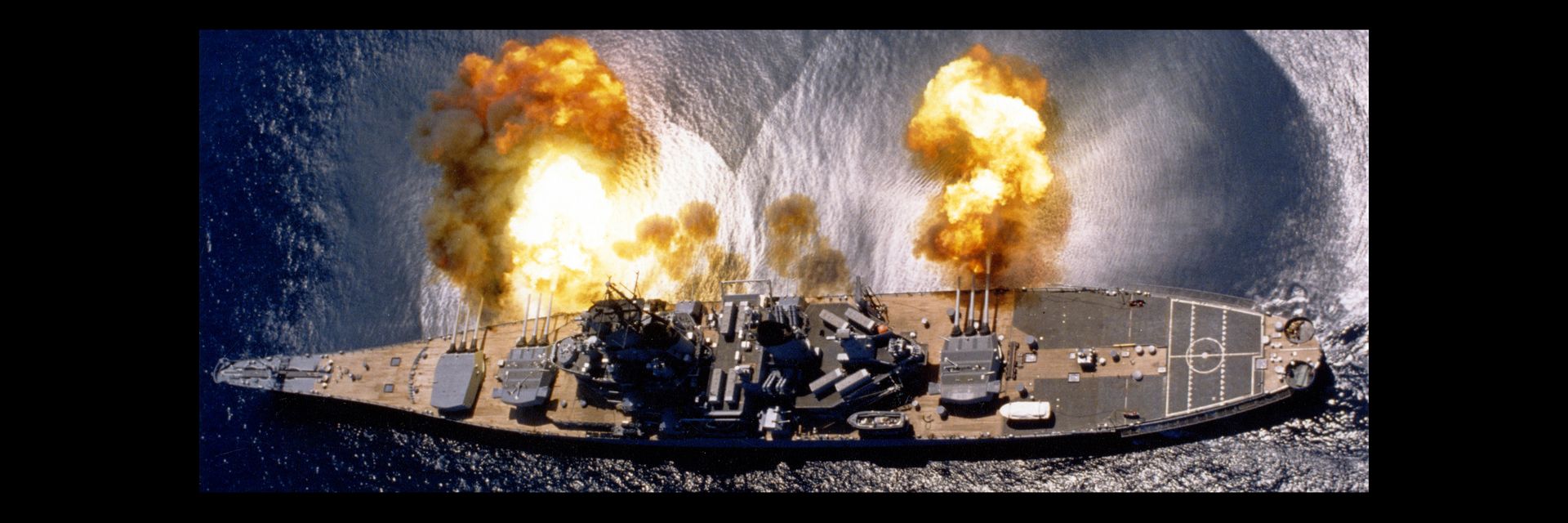During World War II, the U.S. Navy relied on four massive battleships to engage enemy fleets and support amphibious landings. They were the biggest and baddest – the Iowa-class.
◊
In the late 1930s, U.S. Navy planners foresaw the very real possibility of a war with Japan, which was far along in its program to build a formidable blue ocean fleet to secure its perceived interests in the western Pacific. One need that the Americans identified was a new class of battleships to project U.S. power across the vast Pacific Ocean to challenge the Japanese. So, in June 1940, a year and a half before Japan’s attack on Pearl Harbor, the keel was laid for the first of these new capital ships, ironically named for a landlocked state in the middle of America: the USS Iowa.
Revisit a historic moment aboard a legendary Iowa-class battleship with the MagellanTV documentary “Surrender on the USS Missouri.”
A Formidable Weapons Platform
The Iowa-class battleships, consisting of the USS Iowa, USS New Jersey, USS Missouri, and USS Wisconsin, were among the most powerful and effective warships the world had ever seen. Commissioned between 1943 and 1944, these behemoths were faster, more heavily armed, and wrapped in thicker armor than any other battleships up to that time.
At the heart of the Iowa-class battleships was their extraordinary firepower. Each ship was equipped with nine 16-inch guns capable of firing a variety of shells weighing up to 2,700 pounds each. They also had a secondary battery of 5-inch guns and bristled with more than 120 anti-aircraft guns, making them versatile and effective in diverse combat scenarios.
In addition, the Iowa-class battleships were notable for their speed and range. With a top speed in excess of 30 knots, they were capable of outrunning – or chasing down – most other ships in their class. And, with a range of over 15,000 nautical miles, they were able to operate effectively across the expanses of the world’s oceans.
The Versatility of the Iowa-class
These mighty battlewagons were used in a variety of roles during the war. They provided fire support for ground troops during amphibious landings, engaged enemy ships in naval battles on the high seas, and anchored the task forces that screened aircraft carriers from attack.
The USS Iowa transported President Franklin D. Roosevelt to the 1943 summit meeting with Winston Churchill and Joseph Stalin in Tehran. And, perhaps most memorably, Japanese leaders formally surrendered to the Allies on the deck of the USS Missouri in Tokyo Bay on September 2, 1945.

Japanese officials on deck of USS Missouri on September 2, 1945 (Source: Wikimedia Commons)
By the end of World War II, most naval experts agreed that aircraft carriers had superseded battleships as the most effective means for protecting U.S. interests and projecting its power. But the Iowa-class ships weren’t so easy to scrap. In the decades after the war, they were decommissioned and recommissioned several times, being retrofitted with new generations of weapons systems to serve in conflicts including the Korean War, the Vietnam War, and the Gulf War of 1991. The last to be decommissioned once and for all was the USS Missouri in 1992.
Ω
Title Image: USS Iowa firing a broadside with its 16-inch guns.
(Credit: Phan J. Alan Elliott via Wikipedia)

